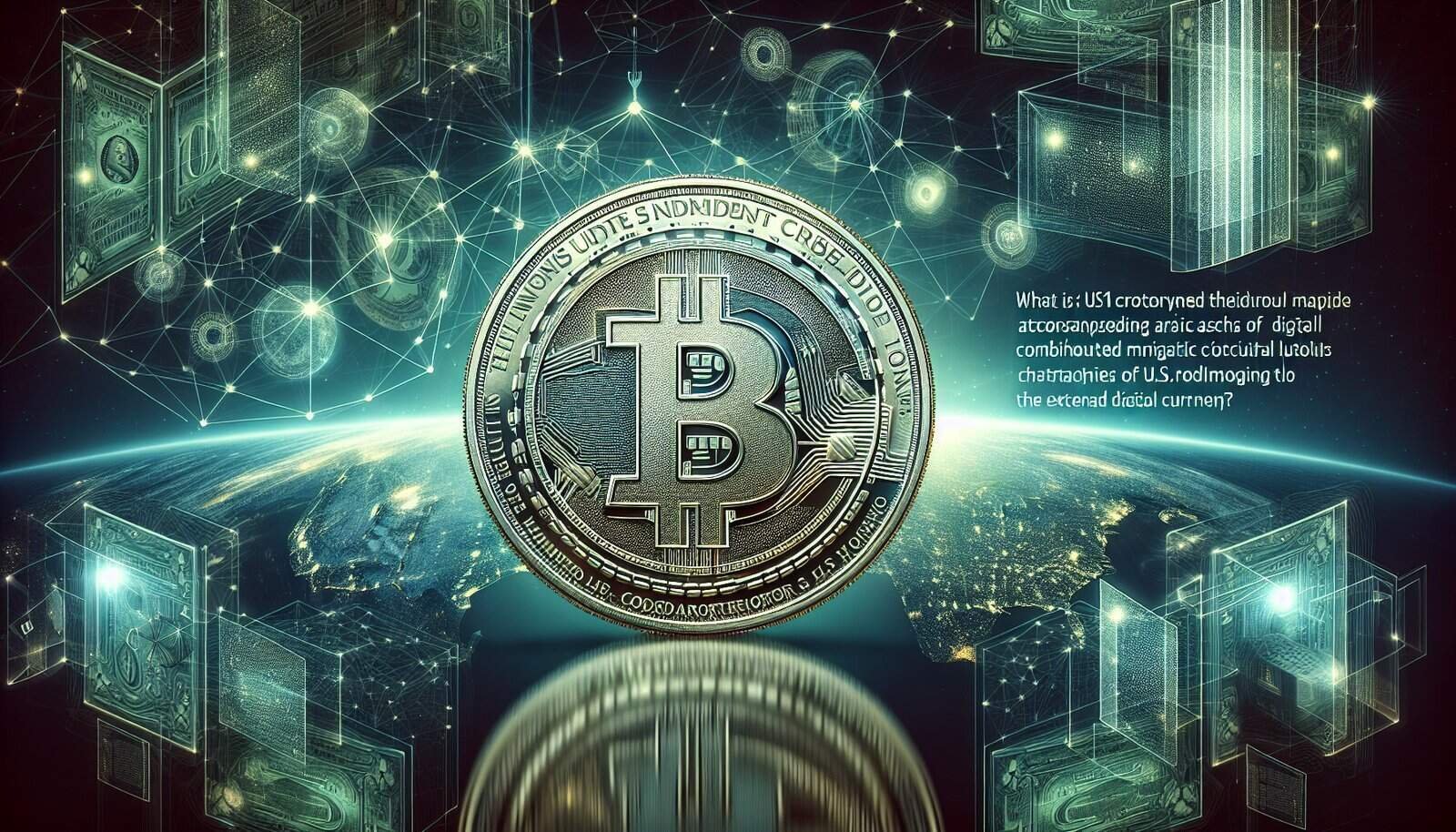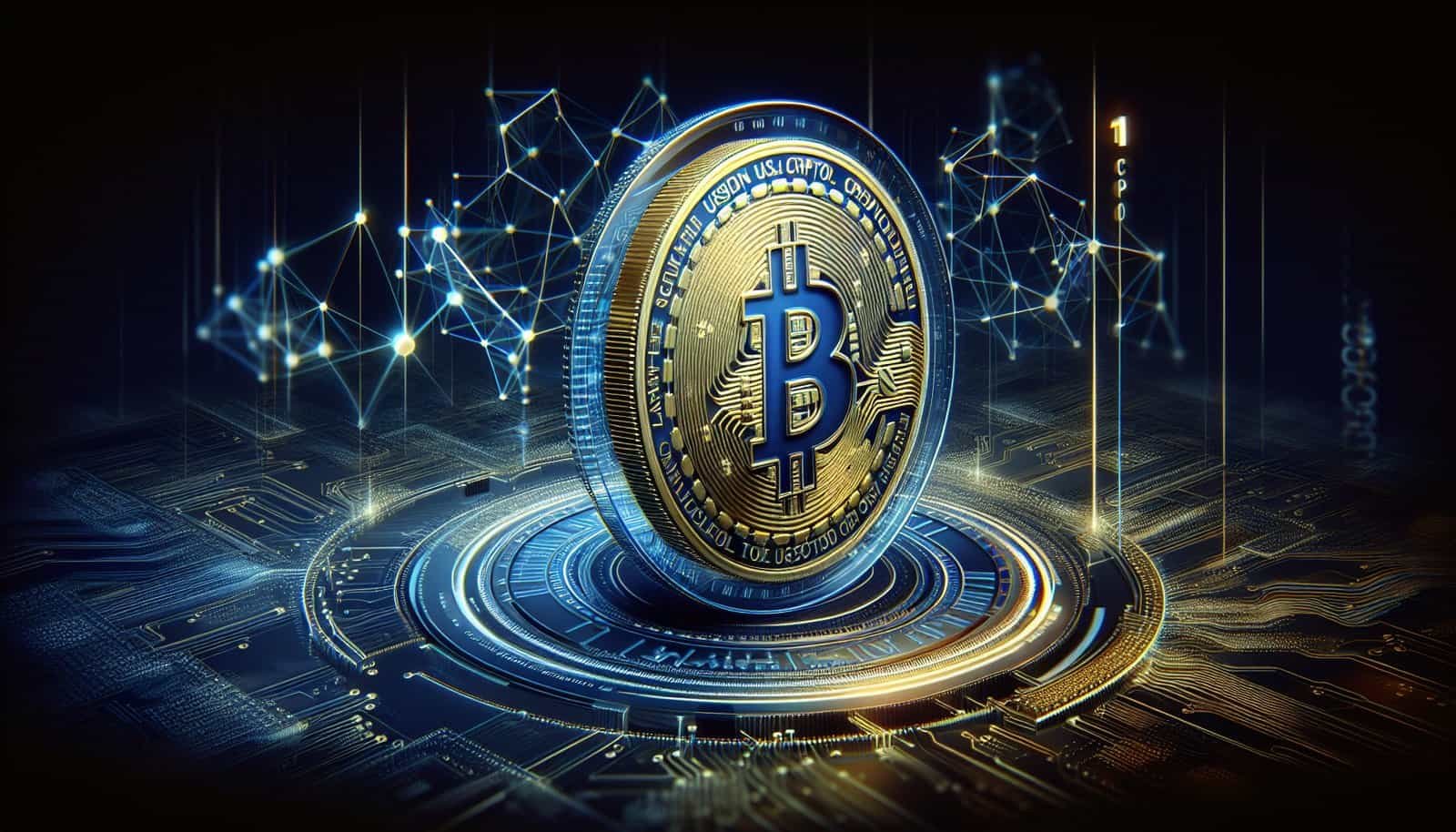Have you ever wondered about the buzz surrounding USD1 Crypto and the concept of tokenization of assets? These terms may seem complex at first, but with a friendly breakdown, you’ll find they’re quite fascinating and accessible.
What is USD1 Crypto?
USD1 Crypto is a type of stablecoin, which is a digital currency designed to have a stable value by being pegged to a reserve of assets. Unlike volatile cryptocurrencies such as Bitcoin, stablecoins aim to mimic the value of a fiat currency, like the U.S. dollar, providing users with the benefits of digital currencies—such as easy transferability and decentralized features—without the wild price swings.
Key Features of USD1 Crypto
Understanding the key features of USD1 Crypto is essential for grasping its utility and significance in the digital asset landscape.
Stability: As a stablecoin, USD1 is primarily associated with stability. Its value remains relatively constant against the U.S. dollar, which means one USD1 is almost equal to one dollar. This stability attracts those who wish to avoid the volatility of other cryptocurrencies.
Backed by Reserves: USD1 Crypto maintains its stability by being backed by assets equivalent to its value. This could be fiat currency, such as U.S. dollars, or other forms of collateral, providing a safety net to maintain its pegged value.
Blockchain-Based: Like most cryptocurrencies, USD1 operates on a blockchain, ensuring transparency and security for all transactions. This technology allows you to track the movement of funds seamlessly, offering a level of openness not typically available with traditional financial systems.
Fast and Low-Cost Transactions: Leveraging blockchain technology, USD1 enables quick and inexpensive transactions across borders, a significant advantage over conventional banking methods, especially for international transfers.
How Does USD1 Crypto Differ from Other Stablecoins?
USD1 Crypto belongs to the broader category of stablecoins, but what sets it apart from others in this category? The distinction lies in its mechanism for maintaining stability and the nature of its backing assets.
Types of Backing: Some stablecoins are backed by fiat currency reserves, while others might use a combination of other cryptocurrencies or even be governed by algorithms to maintain their value. USD1’s backing relies on actual reserves, giving it a robust foundation.
Decentralization: The level of decentralization can vary among stablecoins. Some are managed by central organizations or companies, while others are designed to function in a decentralized manner. Understanding these differences can help you choose the right stablecoin for your needs.

The Role of Stablecoins Like USD1 in the Crypto World
Stablecoins like USD1 play a critical role in bridging the gap between traditional finance and the decentralized world of cryptocurrencies. They offer a stable store of value while providing the benefits of digital currency, making them appealing for various uses.
Common Uses of Stablecoins
Let’s look at some practical applications of stablecoins like USD1 in our monetary ecosystem:
Payments: They can be utilized for daily transactions, providing a currency-like functionality with the added benefit of blockchain efficiency.
Remittances: Cross-border transfers can be conducted swiftly and inexpensively, benefitting those sending money internationally.
Trading: On cryptocurrency exchanges, stablecoins often serve as a quote currency, providing a safe haven for traders during volatile market conditions.
Savings and Loans: You can earn interest on stablecoin holdings in the decentralized finance (DeFi) sector or leverage them for crypto-backed loans.
The Impact on Traditional Banking
By facilitating peer-to-peer transactions without intermediaries, stablecoins challenge conventional banking’s role by offering more inclusive, efficient, and cost-effective alternatives. Although they are designed to complement fiat currencies rather than replace them, stablecoins hold the potential to reshape financial systems and services, particularly in underbanked regions.

Understanding the Tokenization of Assets
Now, let’s shift our focus to the tokenization of assets—a concept intertwined with the rise of cryptocurrencies and blockchain technology. Tokenization refers to the conversion of physical and intangible assets into digital tokens on a blockchain. This process enhances liquidity, transparency, and market accessibility for an array of assets.
How Tokenization Works
Tokenization employs blockchain technology to create a digital representation of physical or financial assets. Here’s a simplified breakdown of the process:
Asset Identification: Determine the asset to be tokenized, which could be anything from real estate and artwork to stocks and bonds.
Smart Contracts: Develop smart contracts, which are self-executing code with specific rules and conditions embedded. These smart contracts define the terms of the token and its governance.
Token Creation: Generate tokens on a blockchain that represent fractional ownership of the underlying asset. These tokens embody the asset’s value and are backed by the actual item or equity.
Issuance and Trading: Once tokens are created, they can be issued to investors or traded on various platforms, granting market access, fractional ownership, and enhanced liquidity.
Benefits of Asset Tokenization
When you tokenize assets, several benefits arise, transforming the way we perceive and conduct investments:
Fractional Ownership: Opening investment opportunities to a broader audience, asset tokenization allows for fractional ownership, enabling individuals to invest smaller amounts across multiple assets.
Improved Liquidity: By turning traditionally illiquid assets like real estate or art into tradable tokens, tokenization significantly enhances market liquidity and enables easier asset transfer.
Transparency and Security: Blockchain’s inherent features of immutability and transparency result in clear ownership records and secure transactions, reducing the risk of fraud or tampering.
Efficiency and Accessibility: Tokenized assets can streamline processes involving settlement and transfer, lowering costs and broadening market access for global investors.
Tokenization Across Industries
Tokenization is not restricted to a single industry; it holds transformative potential across diverse sectors. Here’s a look at some notable industries embracing tokenization:
Real Estate: Offering fractional ownership of properties, real estate tokenization increases access to high-value investments and enables seamless property transactions.
Art and Collectibles: Tokenizing art pieces and collectibles democratizes ownership, allowing art enthusiasts and investors to easily access and trade shares in high-value items.
Finance: The financial sector benefits from tokenized securities such as stocks and bonds, where it enhances market participation, reduces settlement times, and lowers fees.

Potential Challenges and Considerations
While USD1 Crypto and the tokenization of assets present exciting opportunities, it’s vital to approach these technologies with an awareness of potential challenges they may entail.
Legal and Regulatory Landscape
Cryptocurrencies and asset tokenization exist in an ever-evolving regulatory environment. Different jurisdictions may have varying regulations and compliance requirements. Keeping abreast of these regulations is crucial to navigate potential legal complexities. It is wise to have a firm grasp on the legal landscape to ensure compliance and mitigate risks.
Technological Security
With innovative technology comes inherent risks. Blockchain security remains a top priority, but vulnerabilities persist, such as potential cyberattacks or flaws in smart contracts. Prioritizing security measures and conducting comprehensive audits are essential steps in safeguarding your digital assets.
Market Volatility
Despite their stability, stablecoins like USD1 can still be affected by market volatility and external economic factors. Maintaining resilience amidst fluctuating market conditions is crucial for both issuers and users.
Integration and Adoption
For tokenization’s benefits to be fully realized, widespread integration and adoption are necessary. Overcoming technological barriers and building user-friendly platforms will be key to achieving mainstream acceptance and success.

Embracing the Future of Finance
The advent of USD1 Crypto and the tokenization of assets marks a pivotal moment in our financial landscape. As new technologies emerge, they offer the possibility of more efficient, inclusive, and transparent financial systems. Understanding their fundamentals equips you with the knowledge to make informed decisions and take advantage of the opportunities they present.
The journey into the world of stablecoins and asset tokenization is an exciting one. By staying curious, proactive, and informed, you can be confident in navigating this evolving frontier. As these technologies continue to develop, who knows what incredible innovations we may see in the years to come? Whether you’re a seasoned investor or a curious newcomer, there’s a place for you in this digital future.


